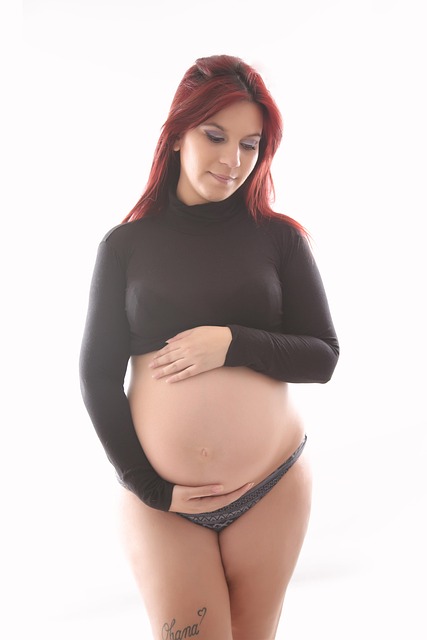As a new parent, you’ve likely immersed yourself in information regarding the prevention of Sudden Infant Death Syndrome (SIDS) and safe sleep practices for infants. You’re probably familiar with the guidance provided during pediatric visits, parenting classes, and various online forums. What you may not realize is that many caregivers—like grandparents and neighborhood babysitters—might not be up-to-date on the latest safe sleep recommendations, which can be particularly alarming.
A recent study from the University of Virginia Health System, published in The Journal of Pediatrics, has highlighted a concerning trend: while parents and licensed childcare providers are increasingly aware of safe sleep practices, friends and family members may not fully understand how to mitigate the risk of SIDS, the leading cause of death for infants under one year old. The study analyzed over 10,000 SIDS cases, focusing on 1,375 instances where the parent was not present during the occurrence.
The findings are quite revealing. Here’s what they uncovered:
- Friends and relatives were significantly more likely to place infants in unsafe sleep environments, such as adult beds or couches, compared to parents.
- While over 70% of licensed childcare providers place babies in cribs, only 49.1% of babysitters, 29.4% of relatives, and 27.1% of friends followed suit.
- When it comes to placing babies on their backs for sleep, 54.1% of licensed caregivers adhere to this practice. However, only 38.4% of relatives, 38.6% of friends, and 37.8% of babysitters do the same.
Despite these alarming statistics, there is a straightforward solution: parents must take the initiative to educate all caregivers about safe sleep practices. Key guidelines include:
- Always lay your baby down to sleep on their back.
- Use a crib or bassinet with a firm mattress.
- Remove blankets, pillows, and any other soft objects from the sleeping area.
- Never place infants to sleep on adult beds or couches.
- Avoid co-sleeping in bed with your baby.
Dr. Amelia Carter, a leading researcher at the University of Virginia School of Medicine, emphasized the importance of discussing safe sleep arrangements with anyone who will care for your child. “It’s crucial to ensure that caregivers understand what is safest for infants,” she remarked.
Another researcher, Dr. Lucas Bennett, noted that many relatives may not be aware of the current safety guidelines, particularly those who raised children before these recommendations were established.
Though the American Academy of Pediatrics’ 2016 guidelines acknowledge that many families may co-sleep, they still advocate for adhering to safe sleep practices as much as possible. This includes ensuring babies sleep in a hazard-free environment, on a firm mattress without soft bedding, and avoiding couches and chairs, which are particularly dangerous for infants under four months.
While medical experts recognize that not all SIDS cases can be prevented—some may be linked to genetic factors affecting respiratory function—taking appropriate precautions can significantly reduce the risk. Thus, it’s vital for all caregivers, from grandparents to babysitters, to be well-informed about SIDS prevention strategies. For more insights into fertility and family planning, check out our post on fertility boosters for men. You can also find valuable resources on pregnancy and home insemination at NHS.
In summary, ensuring that all caregivers are well-versed in safe sleep practices is essential for protecting your infant from SIDS. As a parent, take the time to educate family and friends so that your little one can sleep safely.
